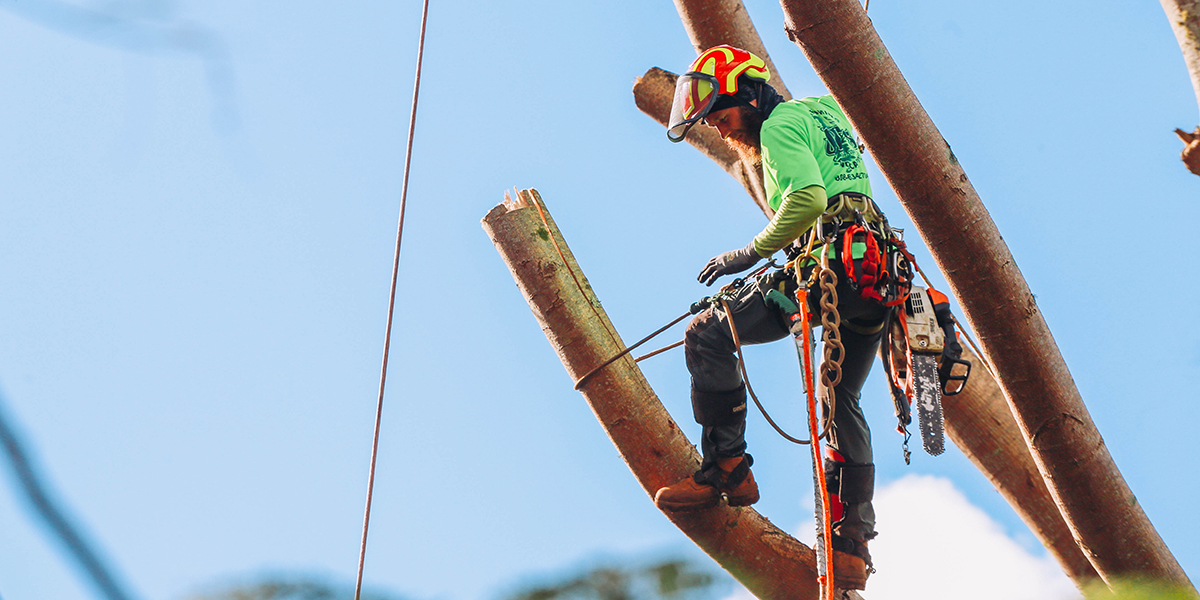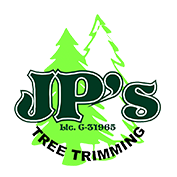
Tree trimming presents several challenges for property owners. Without the right tools and techniques, trimming can actually harm trees and put trimmers, property owners, and their visitors in harm’s way.
Fortunately, if you own residential or commercial property, you don’t need to handle your tree care alone. At JP’s Tree Trimming, we step in and take the risk and stress out of all tree services. We provide expert tree maintenance and tree removal services in Kauai, HI, and bring over a decade of experience to the table.
In this blog, we cover the main tree trimming techniques used by seasoned professionals, reasons to trim trees on your property, and more. For more information about tree care or our services, keep reading or reach out to us by phone today.
Reason to Trim Trees
The ideal trimming technique for any given tree depends heavily on the reason for trimming the tree. Property owners, arborists, and tree care experts may have one or more goals in mind during the task.
Safety
A primary goal for many tree trimming projects focuses on safety. When limbs die or become damaged or diseased, they may not hold to their trunk with the same strength as before. In these situations, limbs can break apart from the trunk and fall, causing damage to property or people.
Trimmers safely and quickly remove damaged or dead branches before any further damage occurs.
Aesthetics
The next goal for professional trimmers and their property-owning clients involves aesthetics. Too much trimming can make a tree look stunted, while pruning too lightly may result in unkempt appearances.
Work with your arborist or tree trimming service to determine what trimming styles may look best for the trees on your property.
Tree Health
Lastly, arborists and their teams perform trimming and pruning to protect and prolong a tree’s health. Trimming and corrective pruning removes broken branches, diseases, and pests and allows the tree to focus its energies on producing new limbs, leaves, or fruits.
Proper Tree Trimming Techniques
Arborists may use various tree trimming techniques on your property depending on the tree’s needs and your goals.
Crown Thinning
When thinning crowns, tree experts keep lateral branches evenly spaced and prune branches that cross or grow in opposite directions. To keep trees healthy, crown thinning should never remove more than one-quarter of the living crown branches.
Crown Raising
Crown raising increases clearance for cars and pedestrians. Experts trim and remove lower branches while leaving at least two-thirds of the tree’s canopy and height intact.
Crown Reduction
Professionals save crown reduction as a last resort when it comes to trimming. Crown reduction requires the removal of foliage and limbs from the very top of the crown, reducing the tree’s overall height. In cases where a significant portion of a tree branch’s vegetation must be removed, professionals simply remove the entire branch.
Trimming During Dormancy
Arborists understand that timing plays a critical role in the success of tree trimming. For this reason, most choose to trim trees during their winter dormancy periods. This gives the tree time to heal before spring growth begins.
Cutting Outside of the Branch Collar
When trimming branches from the trunk of a tree, experts ensure that they make their cuts above the branch collar. Doing so allows trimmed branches to heal correctly and reduces the chances of rot, mold, or other disease setting in.
Hire Tree Service Professionals In Your Area
Now that you know all about tree trimming techniques, find answers to other questions like “What are ISA-certified arborists?”, “How do I protect my trees from storms?” and more. Call JP’s Tree Trimming at 808-634-2704 today.
